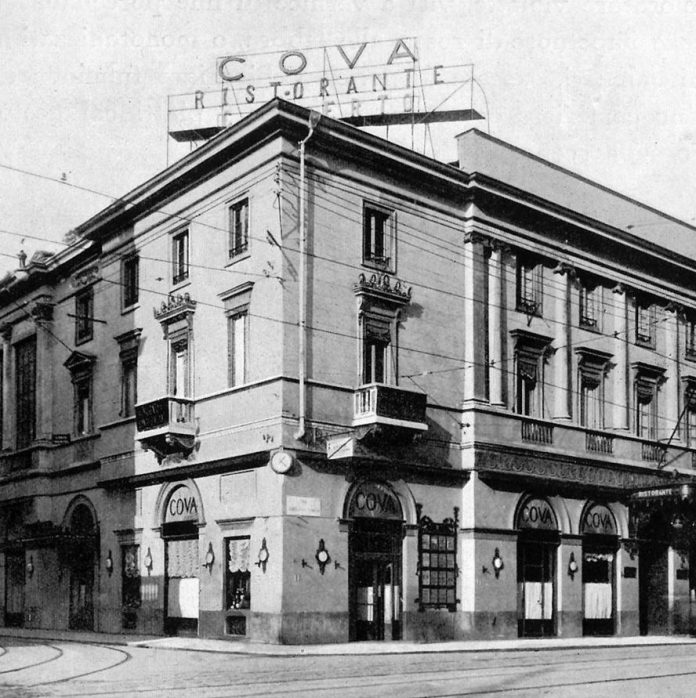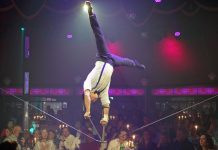Milan, Italy (Gastrosofie). It was the year 1817 of our era when Antonio Cova, an officer who served under Napoleon, spent his vacation from duty in Milan and apparently opened the Cova overnight in a corner building. But that was only the beginning of a Milan legend.
Back then it was a Ristorante, and still is today, but the tea room is great and the cafeteria. After all, the Cova stands for a perfect pasticceria. The Cova is and will remain a famous confectionery.
Tourists from all over the world are drawn to this place, which is why they are also served everyday food. Even for breakfast, King Customer can choose from continental, US American or the finest breakfast in its sweet and savory way. Freshly squeezed citrus juices and coffee specialties are also part of the rich offer.
At lunchtime, in addition to international, regional, yes, traditional Milanese dishes are also offered. And that’s good!
The waiters are also hospitable and courteous, in their traditional suits – the bow tie shouldn’t be missing – perfectly fit into the upscale interior. Wearers of sneakers and t-shirts stand out, not uncomfortable, but it is unsuitable.
According to the old English custom, the best thing about the Cova is afternoon tea in the halls of Via Montenapoleone. A short break, a small tartlet, cake or biscuits, classic tea in a nice cup with milk or lemon … A must for me in Milano, at least in the afternoons in the Cova, the oldest pasticceria in Italy. And with an encore: an aperitivo! If that’s not classico, what then?
Pasticceria Cova Montenapoleone
Address: Via Monte Napoleone, 8, 20121 Milano MI, Italy
Contact: Phone: +39 02 7600 5599, E-Mail: info@covamilano.com
Web: https://pasticceriacova.com/en
Opening times: Monday to Saturday from 7.45 a.m. to 8.30 p.m., Sundays from 9 a.m. to 8 p.m.
Dress code: casual to elegant











